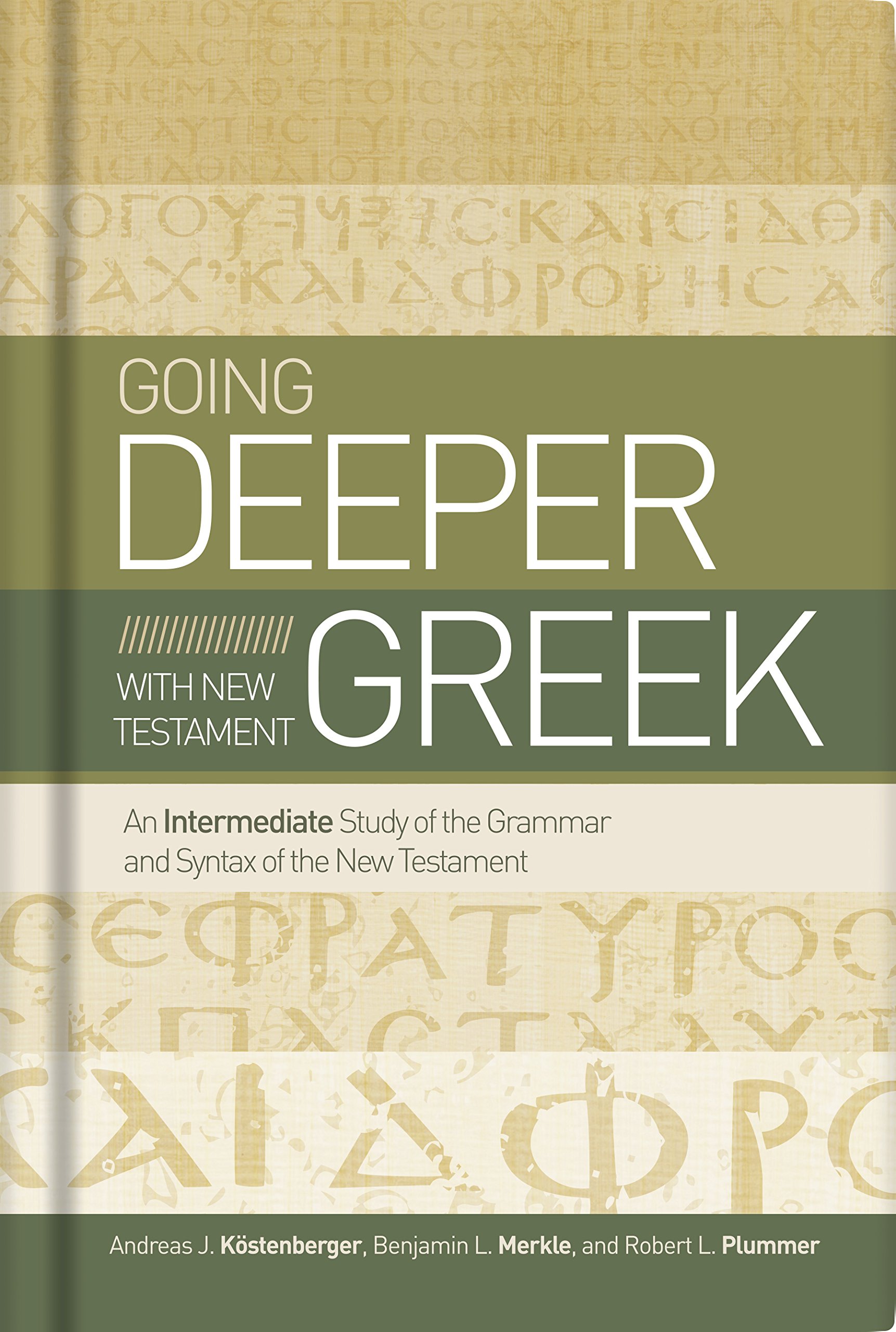Guest Blog from Andreas Köstenberger
A few years ago, my family and I (Andreas) visited Westminster Abbey, the venerable cathedral that over the centuries has witnessed a larger number of historic events. The Abbey has served as the coronation church since 1066 and is the final resting place of seventeen monarchs and of many other significant people in England’s history. Toward the end of our visit, I noticed one of the less conspicuous burial places in the Abbey: a plaque bearing the name of Granville Sharp (1735–1813). In the larger world, Sharp is primarily known for his work opposing the slave trade; in fact, he was one of the first to campaign for its abolition. In scholarly circles, however, his fame rests on having formulated what has come to be known as the “Granville Sharp Rule.”
In short, this rule asserts that if two or more singular substantives (except for personal names) are linked by a single conjunction, the second and any subsequent substantives relate to or further describe the first. The major significance of Sharp’s Rule pertains to several important christological passages in the NT which, if Sharp’s Rule is valid, affirm the deity of Jesus. Thus, in Titus 2:13, Paul writes, “while we wait for the blessed hope and appearing of the glory of our great God and Savior, Jesus Christ” (προσδεχόμενοι τὴν μακαρίαν ἐλπίδα καὶ ἐπιφάνειαν τῆς δόξης τοῦ μεγάλου θεοῦ καὶ σωτῆρος ἡμῶν Ἰησοῦ Χριστοῦ). Over the centuries, there has been considerable discussion as to what Sharp’s Rule is and whether or not it supports the above-cited identification of Jesus Christ as God.
Christopher Edwards, for example, has argued that “Jesus Christ” stands in apposition, not to “our great God and Savior,” but to “the glory of our great God and Savior,” affirming that Jesus is the glory of God but not necessarily God himself. However, Murray Harris, in a concise but compelling response, defended the traditional view, citing several major problems with Edwards’s view. Harris notes that it is highly unlikely that “Jesus Christ” affirms the entire phrase “the glory of our great God and Savior” rather than the more immediate antecedents, “great God and Savior.” He also points out that while the title “Savior” is applied to Jesus elsewhere in the Letters to Timothy and Titus (2 Tim 1:10; Titus 1:4; 3:6), the title “glory of God” is not. Also, Harris notes that almost all grammarians and lexicographers, as well as many commentators on Titus and the majority of modern English translations, support the traditional rendering of Titus 2:13.
The deity of Jesus does not rest solely on the Granville Sharp Rule and the passages to which it may apply. For example, in John 20:28 Thomas is shown to worship Jesus with the words, “My Lord and my God!” There can be no question that the referent of “Lord” and “God” in this passage is Jesus. In fact, the passage seems to form an inclusio in John’s Gospel together with the initial affirmations of Jesus’s deity in 1:1 and 1:18. Other NT passages likewise affirm Jesus’s deity both explicitly and implicitly. This is not the place to make a sustained argument for the traditional understanding of Titus 2:13 or other similar passages, nor is this necessary, because such a case has already been ably presented. Suffice it to say that not a little weight may rest on a mere article (or lack thereof) in the NT. Let this be your encouragement, therefore, at the beginning of this chapter, to make every effort to arrive at an accurate understanding of the Greek article as well as the Greek adjective.
(From page 151-152 of Going Deeper with New Testament Greek.)
